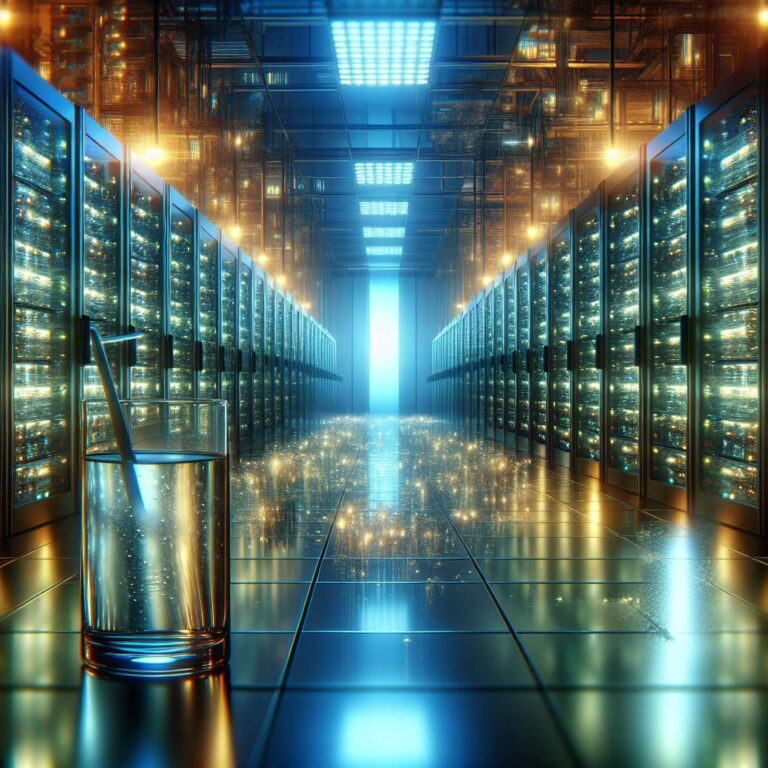Generative artificial intelligence promises remarkable creativity at unprecedented speed, but its unseen environmental cost is rapidly coming into focus. Researchers at the MIT Climate and Sustainability Consortium are delving into both the direct and indirect impacts of generative artificial intelligence, which range from intense power demands to significant water usage linked to data center operations. While users enjoy seamless image generation or smart search results, these conveniences often obscure the true resource footprint, straining local power grids and adding what experts term an ´environmental tax.´
Dr. Noman Bashir, the Computing & Climate Impact Fellow at the consortium, highlights an alarming differential in resource demand: a standard web search consumes one unit of energy, but the same search routed through an artificial intelligence model can draw ten times that amount. Generating an image with artificial intelligence? That skyrockets to as much as 1,000 units of energy. The chips powering these advanced models also generate considerable heat, necessitating vast volumes of water for cooling—a practice with additional environmental implications. These combined pressures compound the system-wide sustainability challenge associated with artificial intelligence´s growing prevalence.
Despite these daunting numbers, Dr. Bashir advocates for balanced responsibility. He cautions against shifting the full burden to individual users, instead calling for more judicious, necessity-driven use of generative artificial intelligence. However, long-term, meaningful reductions in the environmental impact will require that the companies developing and training artificial intelligence models adopt more sustainable practices. As artificial intelligence becomes integrated into daily life, the MIT research stresses that both technological progress and environmental stewardship must go hand in hand, urging corporations and end users alike to confront the larger-scale choices that shape artificial intelligence´s ecological future.

